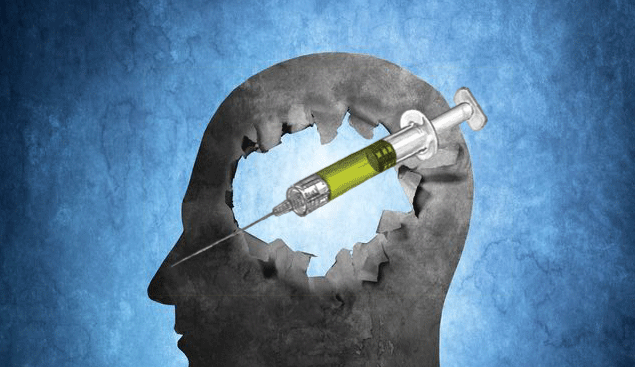H1N1 Flu Vaccine: 14-Fold Increased Risk For Incurable Brain Condition
A disturbing new study published in the journal Eurosurveillance links the Pandemrix flu vaccine with a 14-fold increase risk for developing narcolepsy, an incurable brain disorder believed to be triggered by the autoimmune destruction of brain cells responsible for maintaining ‘wakefulness.’
Titled, “Investigation of an association between onset of narcolepsy and vaccination with pandemic influenza vaccine, Ireland April 2009-December 2010,” Irish researchers conducted a retrospective population-based cohort study in order to examine the association between vaccination against influenza A (H1N1) with Pandemrix and narcolepsy, after numerous reports linking them alerted the Irish Medicines Board in 2011.
After pandemic vaccination status was obtained from vaccination databases, and reviewed by two independent experts, the incidence of narcolepsy in vaccinated and non-vaccinated individuals was compared.
The results were reported as follows:
“Of 32 narcolepsy cases identified, 28 occurred in children/adolescents and for 24 first healthcare contact was between April 2009 and December 2010. Narcolepsy incidence was 5.7 (95% confidence interval (CI): 3.4–8.9) per 100,000 children/adolescents vaccinated with Pandemrix and 0.4 (95% CI: 0.1–1.0) per 100,000 unvaccinated children/adolescents (relative risk: 13.9; absolute attributable risk: 5.3 cases per 100,000 vaccinated children/adolescents).”
The researchers concluded:
“This study confirms the crude association between Pandemrix vaccination and narcolepsy as observed in Finland and Sweden. The vaccine is no longer in use in Ireland. Further studies are needed to explore the immunogenetic mechanism of narcolepsy.”
Narcolepsy: A Vaccine-Induced Form of Brain Destruction?
Narcolepsy is characterized by excessive sleepiness during the daytime, and is also tied to sudden but temporary muscle weakness (cataplexy), often induced by strong emotions.
According to the University of Maryland Medical Center, it comes with the following behaviors:
- Patients typically have periods of drowsiness every 3 or 4 hours that usually end in short naps.
- Patients may sleep for a few minutes during the day, particularly if they are in an awkward position, or for a few hours if they are lying down.
- Patients often underestimate the duration of their drowsy periods and may not recall clearly their behavior during that time.
It is believed that the main cause of narcolepsy is a deficiency in the neurotransmitter hypocretin (orexin) precipitated by an autoimmune attack against cells containing this brain peptide – there are normally only about 70,000 cells containing hypocretin in the hypothalamus which are either missing or profoundly reduced in people with narcolepsy.
Just how this autoimmune destruction of the regions of the brain containing hypocretin occurs was suggested by a provocative 2013 ScienceDaily report titled, “H1N1-triggered narcolepsy may stem from ‘molecular mimicry,'” wherein is described the findings of Stanford medical researchers: “narcolepsy can sometimes be triggered by a similarity between a region of a protein called hypocretin and a portion of a protein from the pandemic H1N1 virus.”
According to the report,
“The Pandemrix vaccine mixed portions of viral proteins with a non-viral “adjuvant” to induce a stronger and presumably more effective immune response. All told, it may have precipitated narcolepsy in a few thousand cases in Europe.”
Essentially, their research indicates that the Pandemrix H1N1 flu vaccine is capable of inducing an autoimmune attack against molecular features of the brain – specifically hypocretin secreting cells in the hypothalamus – responsible for causing narcolepsy. Incidentally, this is not the first vaccine to be linked to the phenomena of autoimmunity: we have indexed research on the link between molecular mimicry/vaccine-induced brain damage in connection with the Hepatitis B and MMR vaccines.









